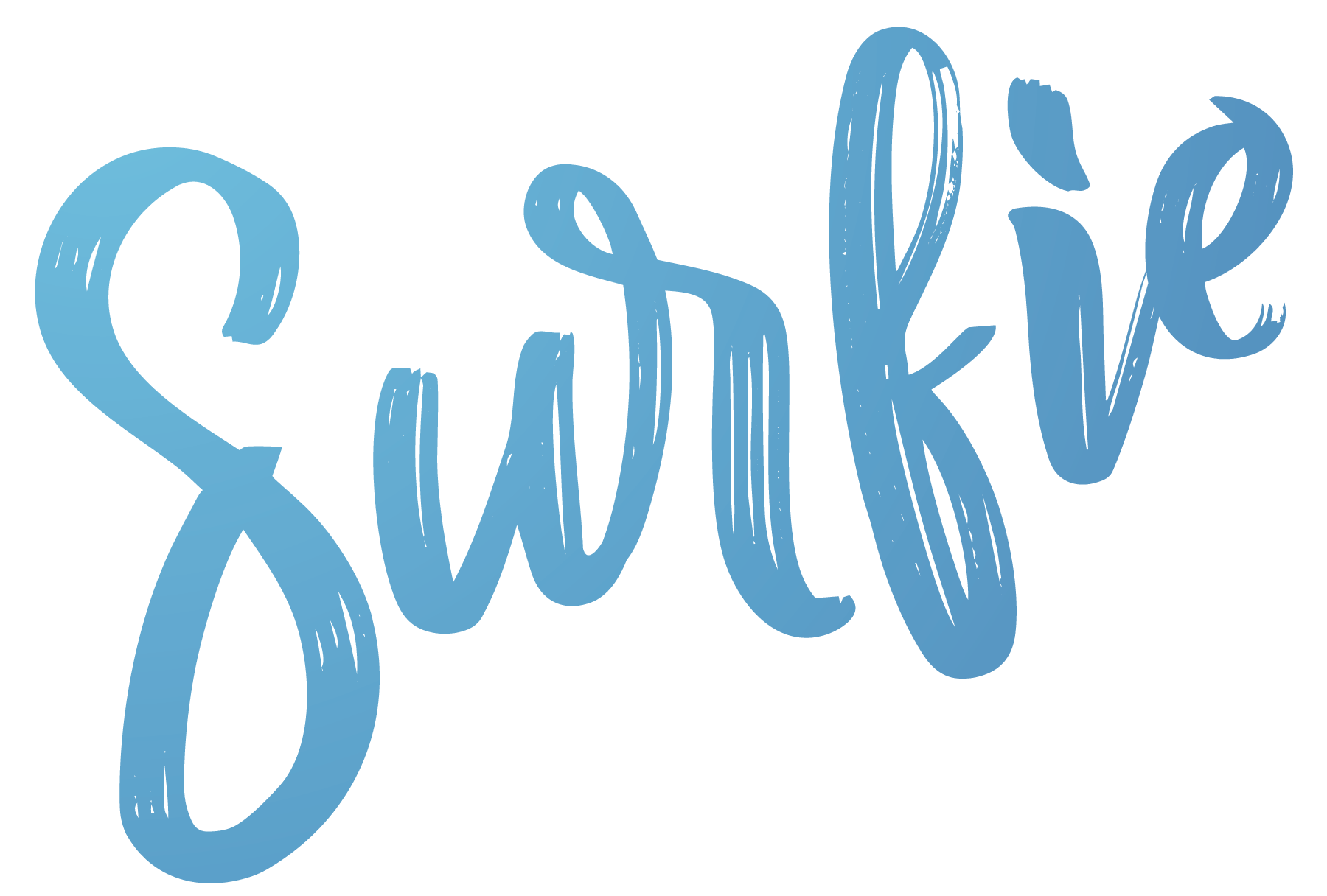Fed Reverse Repurchase Agreement Operations
The Federal Reserve’s reverse repurchase agreement (RRP) operations have been in the news lately, with the central bank conducting more of these transactions as it seeks to manage the flood of cash in the financial system.
But what exactly is a reverse repurchase agreement? And why is the Fed using it now?
In simple terms, a reverse repo is a transaction in which the Fed temporarily borrows cash from commercial banks and other financial institutions, using U.S. Treasury securities as collateral. The Fed pays interest on the funds it borrows, and the banks get a safe, short-term investment that earns them a small return.
So why is the Fed doing this?
The short answer is that the Fed is using reverse repos to help manage the level of cash in the financial system. With the pandemic leading to a surge in government spending and the Fed pumping trillions of dollars into the economy through its bond-buying program, there’s simply too much cash sloshing around.
This has led to a situation where some banks and other market participants have excess cash that they’re looking to park somewhere safe. But with short-term interest rates already near zero, there are few options for them.
Enter the reverse repo market. By offering banks a slightly higher interest rate than they can get elsewhere, the Fed is able to soak up some of the excess cash and keep short-term interest rates from falling too low.
It’s important to note, however, that the Fed’s use of reverse repos is not a new tool. It’s been around for decades, and the central bank has used it in the past to manage the level of cash in the financial system.
What is new, though, is the scale of the transactions. In recent months, the Fed has been conducting hundreds of billions of dollars’ worth of reverse repos on a daily basis, far more than in the past. This reflects the sheer amount of cash in the system and the need for the Fed to use a variety of tools to manage it.
Some market observers have raised concerns about the impact of the Fed’s large-scale use of reverse repos, arguing that it could distort the market and create new risks. But for now, the Fed is confident that it can manage the risks and keep the financial system stable.
Overall, the Fed’s use of reverse repos is just one of the many tools it has at its disposal to manage the economy and keep the financial system stable. And as long as excess cash remains a challenge, we can expect the central bank to continue using this tool to keep things on an even keel.


